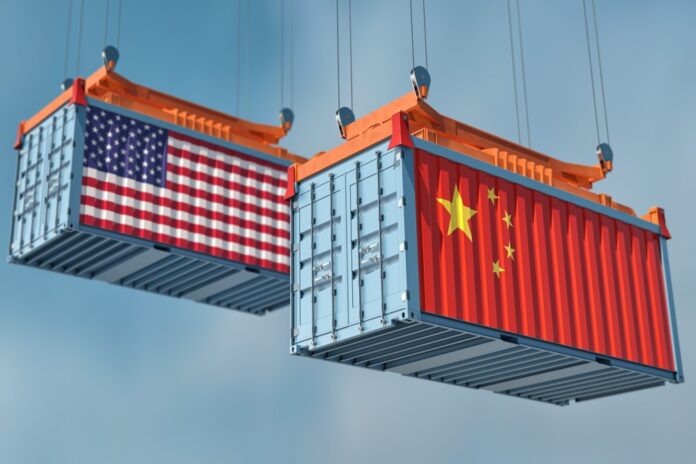This was a rise of 10% over the previous quarter, coinciding with the Trump Administration increasing the tension with China.
Apart from LG and Samsung, the future is looking more uncertain for phone makers and could prove a bellwether for the unravelling global supply chain.
Vendors collectively shipped 31.9 million smartphones in the US in the second quarter. That is a 5% decline year on year, according to Canalys, but an increase of 11% quarter on quarter.
The analyst house’s report on the smartphone market puts this down to stores reopening in May and June, and Chinese factories restarting production after the pandemic lockdowns.
The report noted, that about 70% of smartphones shipped in the US in Q2 2020 were made in China, up from 60% the quarter before.
Canalys Analyst Vincent Thielke said, “Tensions between the US and China have escalated in recent years, creating a perpetual state of uncertainty for all smartphone vendors except Samsung and LG.
“The worsening relationship has resulted in extreme instability that has global onlookers eagerly awaiting November’s presidential election. This may guide the US-China trade war into a new phase of détente – or reignite flare-ups.”
Consumers ignoring 5G
Thielke added, “As the coronavirus pandemic forced consumers to stay at home, 5G adoption in the US failed to take off. Store closures and virus fears limited interaction with demonstration models, tight consumer budgets further constrained spending power, and with scarce 5G network coverage in American suburbia, consumers saw plenty of reasons to buy a 4G device instead.
“Despite the lackluster 5G roll-out so far, strong carrier marketing in coming quarters will be instrumental in catalyzing a multi-year transition period from LTE to 5G.”
The federally-subsidised Lifeline programme provides discounted phones for low-income Americans. As millions find themselves out of work, distributors are increasing orders for ultra-low-end Android smartphones from lesser-known brands, such as Unimax and Wiko, for qualifying citizens.
“Greater unemployment has cut consumer choice, in some cases restricting the ability to buy a new device or cover phone-related expenses. With economic challenges likely to persist, the sub-US$400 (€340.25) segment is poised to gain more prominence, particularly as Google and other Android players increase their exposure to the low-end and mid-range segments,” Thielke added.



